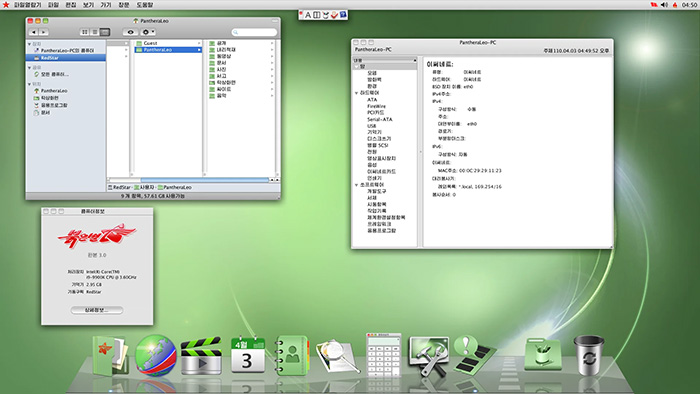
Red Star OS, the operating system created by North Korea
Red Star OS is a state-sponsored North Korean operating system, designed for use within the highly restrictive technological environment of the country.
This operating system is a part of North Korea’s broader strategy to maintain control over the digital landscape and ensure that all software aligns with the government’s ideological and security policies.
Initially developed in the early 2000s, Red Star OS provides an insight into North Korea’s approach to software development, which emphasizes surveillance, control, and self-reliance.
Red Star OS is built on a Linux kernel, which might seem ironic given Linux’s associations with openness and freedom. However, the North Korean regime has heavily modified the system to suit its needs. The user interface of Red Star OS has evolved over various versions, initially resembling that of Microsoft Windows to make it more familiar to users, but later versions mimicked the macOS aesthetic, likely reflecting a shift in what was perceived as a modern and user-friendly interface standard.
One of the most distinctive features of Red Star OS is its deep integration of state control mechanisms. The operating system includes sophisticated surveillance tools that monitor and control user activity. For example, it assigns watermarks to files, allowing the government to trace the origin and distribution path of any document. Moreover, it restricts the user’s ability to modify the system; unauthorized changes to system files are automatically detected and reverted. This level of control extends to restricting the software that can be run, thereby limiting exposure to foreign software and potential dissident ideas.
Security features in Red Star OS are double-edged. While they provide a framework that guards against external threats, they also ensure internal monitoring. The state uses this OS to enforce its policies, including censorship mechanisms that filter and block access to non-state-approved information. This aligns with the broader North Korean strategy of isolating its population from external influences, thereby maintaining ideological purity as dictated by the regime.









